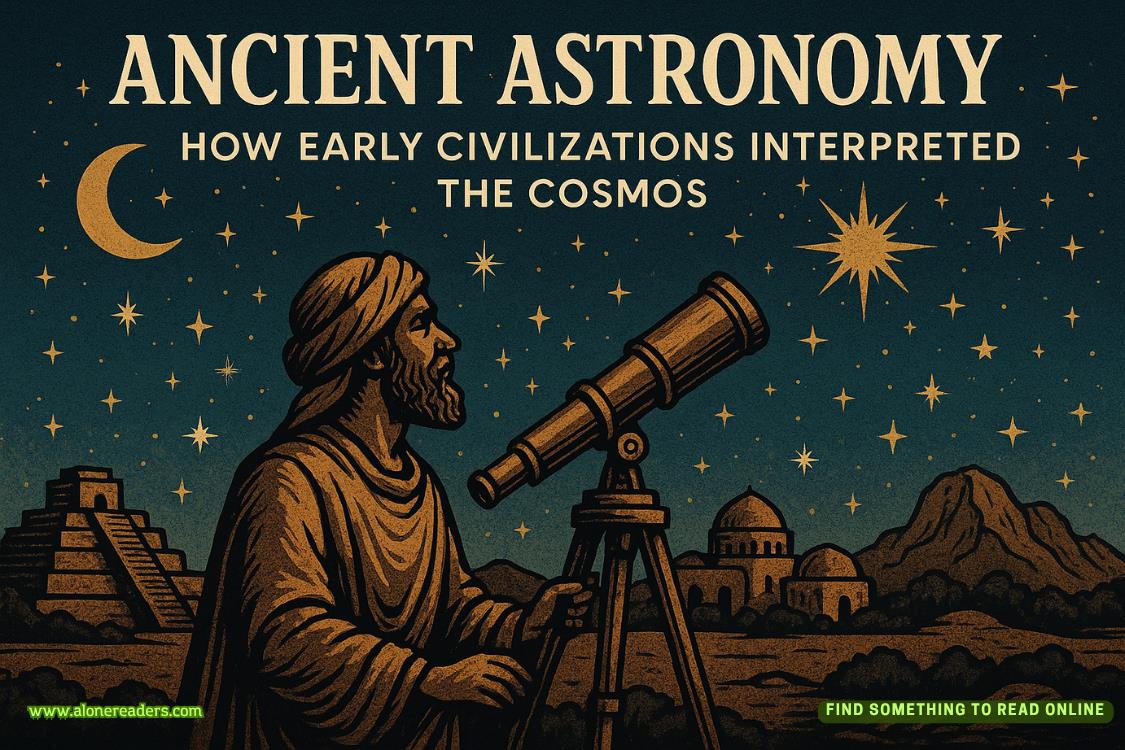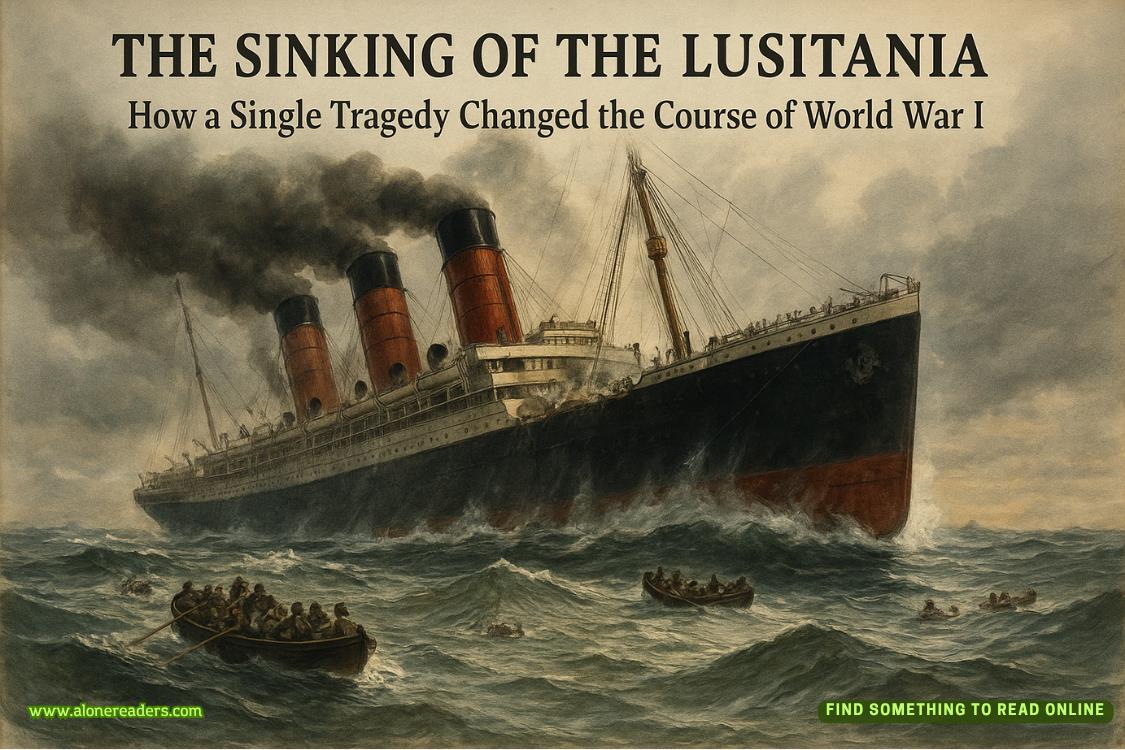Saturday morning dawned with that perfect South Florida clarity—cloudless blue skies and a gentle breeze that ruffled the palm fronds outside our bedroom window. Ray was already up, as usual, his side of the bed empty when I woke. I found him in the kitchen, packing a small cooler with water bottles and energy bars.
“Thought we might be out there a while,” he said when he noticed me watching. He was dressed in quick-dry shorts and a UV-protective shirt, his preparations as meticulous for this outing as they were for his triathlons. “The guy at Mangrove Outfitters said high tide is at eleven. Best time to get deep into the channels.”
“You called already?” I was still in my boxer shorts, clutching my first coffee of the day.
“Seven a.m. when they opened.” Ray zipped the cooler closed. “They’re holding two singles for us. Figured you’d want to paddle your own rather than sharing a tandem.”
The consideration surprised me. Ray usually pushed for us to do everything together—tandem bikes, sharing an umbrella in the rain, sleeping wrapped around each other even on the hottest nights. His assumption that I’d want my own space feltlike both an accommodation and an acknowledgment of our current distance.
“Thanks,” I said. “That’s... thoughtful.”
His eyes met mine briefly, then darted away. “I figured we’d talk more if we weren’t fighting over who sets the pace.”
An hour later, we walked out of our community and down Sheridan Street, into the adjacent park. Mangrove Outfitters was located in a weathered wooden building perched at the edge of West Lake. Kayaks in every color of the rainbow were stacked along one wall, and the air smelled of salt water and sunblock.
The outfitter, a leathery man named Curtis with sun-bleached hair and forearms like driftwood, gave us a brief safety orientation before helping us choose our vessels.
“The yellow one has a slightly wider cockpit,” he told me, correctly assessing that I might need the extra room. To Ray, he offered a sleek red kayak, the kind designed for speed.
“You’ve done this before?” Curtis asked as he handed us each a paddle.
"A few times," I said, remembering our trips to the Everglades with Leo.
"Both experienced then. Good." He pointed toward the narrow opening in the mangroves. "Follow the main channel for about a quarter mile, then you can explore the smaller tributaries. Just remember—high tide's your friend in there. When it turns, those side channels get real shallow real fast."
Ray helped me drag my kayak to the water’s edge. The yellow plastic felt warm under my hands, already heating up in the morning sun.
“Remember, keep your paddle perpendicular,” Ray advised. “It’s all about technique, not strength. And don’t worry about speed—just focus on finding your rhythm.”
I nodded, and we set off side-by-side across the open water of West Lake. The high-rises of Hollywood Beach rose ahead of us,and the sun sparkled on the surface, creating a dazzling mosaic of light. Overhead, a wood stork soared, its massive wingspan casting a brief shadow over us. A great blue heron watched from the shoreline, motionless as a statue.
My shoulders quickly began to ache from the unaccustomed movement, but I found myself enjoying the burn, the physical reminder that I was doing something new.
“The entrance to the mangrove tunnel is just ahead,” Ray said, pointing with his paddle. “The tide’s high enough that we should be able to go pretty deep.”
As we approached, the entrance looked impossibly narrow—a dark slit between walls of tangled mangrove roots and overhanging branches. My paddle caught on something underwater, jolting me to a stop.
“How are we supposed to fit through there?” I asked, eyeing the passage dubiously.
“One at a time,” Ray said. “I’ll go first, show you the way.” He maneuvered his kayak toward the opening. “Just follow my line and take it slow.”
I watched as he entered the green tunnel, his red kayak swallowed by shadow. Taking a deep breath, I pointed my bow toward the entrance and paddled forward.
The transition was immediate and startling. Outside, everything had been bright sun and open sky; inside the mangrove tunnel, the world transformed into a cool, green cathedral. Sunlight filtered through the dense canopy above, creating dappled patterns on the tea-colored water. The sounds changed too—the wind and water lapping against my hull were replaced by the drip of condensation from leaves and the occasional rustle of something small moving through the branches.
“This is incredible,” I breathed, my voice sounding different in the enclosed space.
Ahead of me, Ray half-turned in his seat. “Wait until you see what Clint told me is around the next bend.”
Roots reached down from the canopy like gnarled fingers, occasionally brushing against my shoulders or catching on my paddle. In some spots, the passage was so tight that I had to duck to avoid low-hanging branches.
“You doing okay back there?” Ray called.
“Fine,” I replied, surprising myself with how true it was. Despite the physical challenges—the aching shoulders, the constant vigilance required to navigate—I felt more at peace than I had in weeks. There was something meditative about focusing entirely on the next paddle stroke, the next obstacle to avoid.
The channel widened into a small, secluded pool, completely enclosed by mangroves. Ray was waiting for me, his kayak floating motionless in the center.
“Look,” he whispered, pointing toward the shallow edges of the pool.















